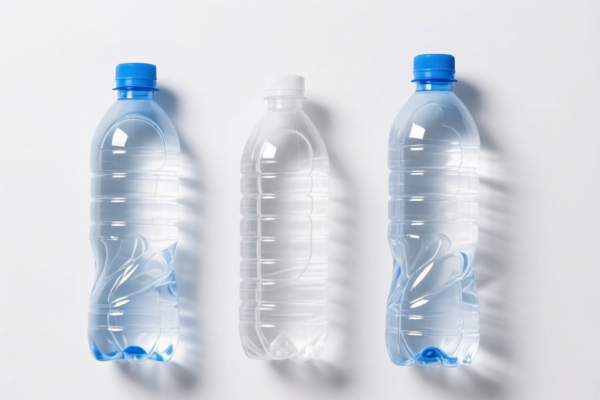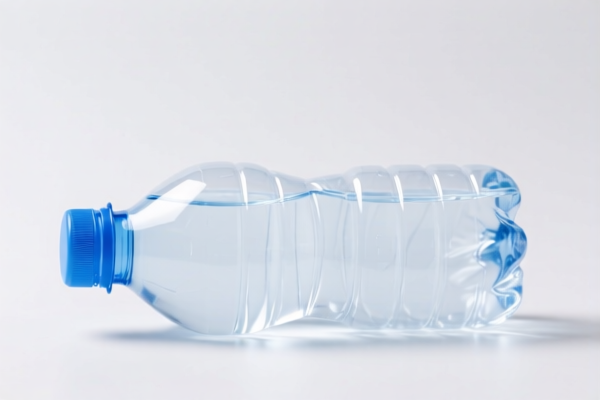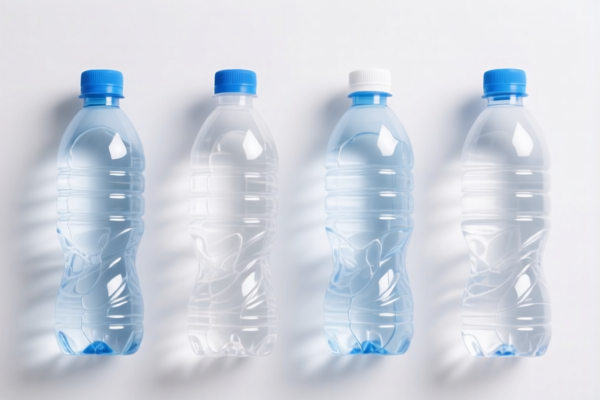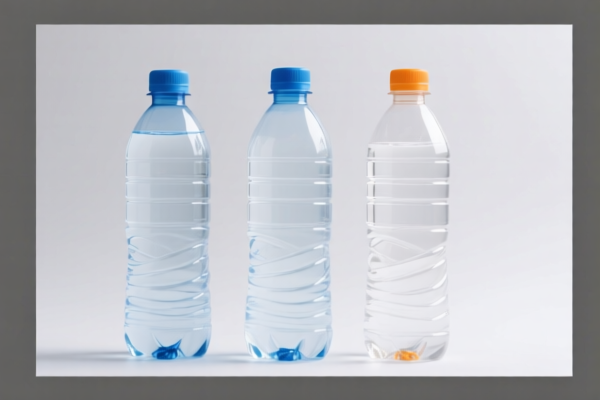| HS Code | Official Doc | Tariff Rate | Origin | Destination | Effective Date |
|---|---|---|---|---|---|
| 3923300090 | Doc | 58.0% | CN | US | 2025-05-12 |
| 3915900010 | Doc | 55.0% | CN | US | 2025-05-12 |




Polyethylene Terephthalate (PET) Bottles
Polyethylene terephthalate (PET) is a plastic resin and one of the most widely used thermoplastics, commonly used in packaging, particularly for beverages. The term "PET bottle" refers to containers manufactured from this material. "PET" itself is the abbreviation for the polymer.
Material Properties:
- Chemical Formula: (C₁₀H₈O₄)ₙ
- Appearance: Typically clear, though can be colored.
- Strength: Possesses high tensile strength and durability.
- Lightweight: Relatively low density, contributing to ease of handling and transportation.
- Gas Barrier Properties: Offers good resistance to water, oxygen, and carbon dioxide, important for beverage preservation.
- Recyclability: Highly recyclable, designated by resin identification code #1.
Purpose & Function:
PET bottles are primarily designed for containing liquids and semi-solid materials. Their key functions include:
- Containment: Securely holding the product without leakage or contamination.
- Preservation: Protecting the contents from external factors like oxygen, moisture, and light, extending shelf life.
- Transportation & Storage: Providing a convenient and safe method for distributing and storing products.
- Marketing: Offering a surface for branding, labeling, and product information.
Usage Scenarios:
- Beverages: Water, soft drinks, juices, sports drinks, oils, and other liquid consumables are commonly packaged in PET bottles.
- Food Packaging: Salad dressings, sauces, and other food products.
- Cosmetics & Personal Care: Shampoos, lotions, and cleaning solutions.
- Pharmaceuticals: Certain liquid medications and solutions.
- Household Products: Cleaning agents and detergents.
Common Types:
- Clear PET Bottles: Most common for beverages where product visibility is desired.
- Colored PET Bottles: Used for products requiring UV protection or specific branding.
- Hot-Fill PET Bottles: Designed to withstand higher temperatures for hot-filled products like juices.
- High-Density PET (HD-PET) Bottles: Offer increased strength and barrier properties for specific applications.
- Biologically-Based PET (Bio-PET): Manufactured from renewable resources instead of petroleum.
- rPET (Recycled PET) Bottles: Made from recycled PET materials, promoting sustainability.
The declared goods, “pet bottle” and “pet”, refer to articles made of polyethylene terephthalate (PET) plastics, commonly used for packaging and conveyance of goods. These can include bottles, flasks, and similar containers. Additionally, waste, parings, and scrap of PET plastics also fall under relevant classifications.
The following HS codes are applicable based on the provided information:
- 3923300090: This HS code covers articles for the conveyance or packing of goods, made of plastics; specifically, stoppers, lids, caps and other closures, of plastics. It also includes carboys, bottles, flasks and similar articles. The tax rate details are: a basic tariff of 3.0%, an additional tariff of 25.0%, and an additional tariff of 30.0% after April 2, 2025, resulting in a total tariff of 58.0%.
- 3915900010: This HS code covers waste, parings and scrap, of plastics; specifically, of other plastics, and of polyethylene terephthalate (PET) plastics. The tax rate details are: a basic tariff of 0.0%, an additional tariff of 25.0%, and an additional tariff of 30.0% after April 2, 2025, resulting in a total tariff of 55.0%.
Regarding these HS codes, please note the change in additional tariffs scheduled for April 2, 2025. It is important to verify the material composition of the goods to ensure correct classification, as the codes differentiate between articles and waste/scrap materials.
Customer Reviews
No reviews yet.